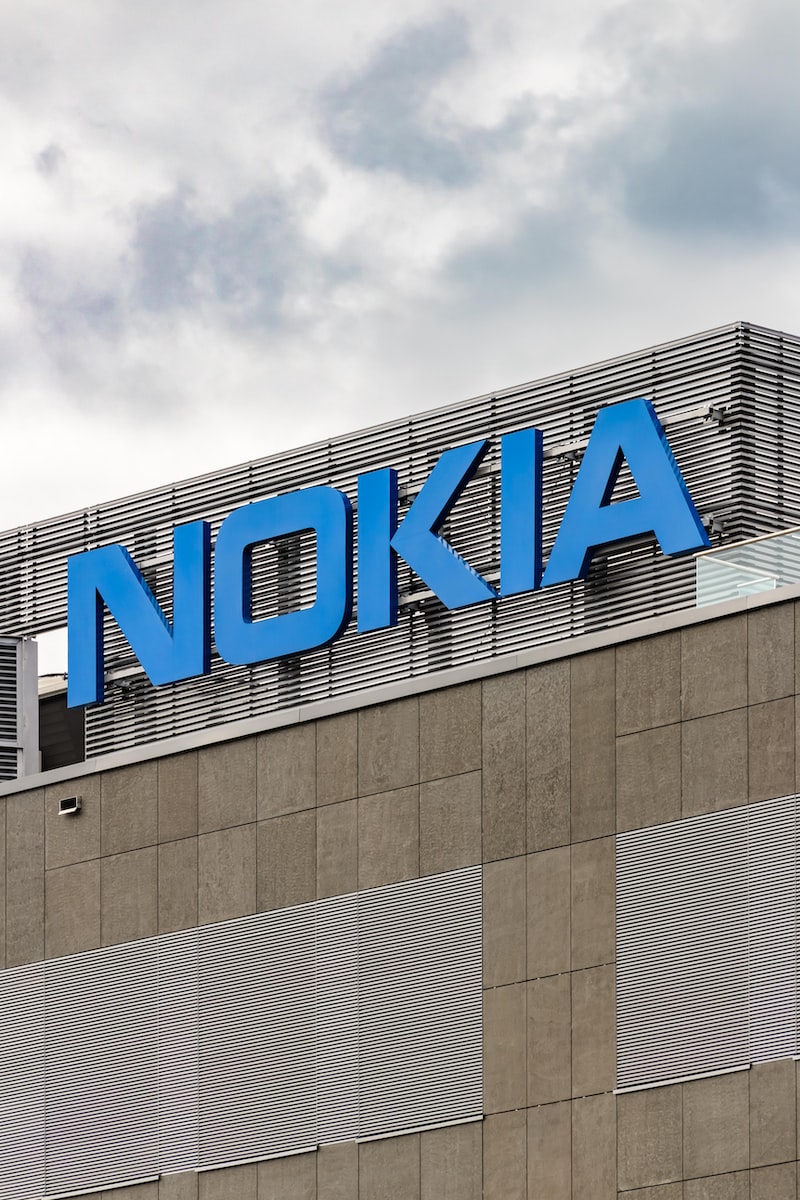Introduction
So you know what a brand is. You might even know a little about branding and how it works. But do you know what a brand archetype is?
In this article, we’ll take a closer look at brand archetypes and why they’re so important to your business. We’ll also discuss how to identify your company’s archetype and what to do with that information once you have it.
Are you ready to dive in?
What Are Brand Archetypes?
To start, let’s define what brand archetypes are. Simply put, they are a set of personality traits that help to define a brand. They can be used to create a character for a brand or to help shape how a customer perceives it.
There are many different brand archetypes out there, but some of the most common ones are the Hero, the Outlaw, the Sage, the Everyman, and the Innocent. Each one of these has its own unique set of characteristics that can be used to influence how a customer interacts with a brand.
The 12 Common Brand Archetypes
There are 12 common brand archetypes that you can use as inspiration for your own branding. Each archetype resonates with different people in different ways, so it’s important to choose the one that best represents your brand and your target audience.
Let’s take a closer look at each archetype.
The Innocent: This archetype is all about freshness, and purity. Brands that fall into this category often focus on organic and/or all-natural products. The Innocent is popular among young adults and parents who are looking for safe and healthy options for their families.
The Jester: This archetype is all about fun, joy, and humor. Jester brands often use irony, sarcasm, and wit to get their message across. They’re irreverent, rebellious, and always up for a good time. The Jester is popular among millennials who are looking for brands that reflect their own sense of irony and humor.
The Hero: The Hero is all about strength, courage, and bravery. These brands are the underdogs, fighting against the odds to make a difference in the world. They’re often focused on social responsibility and giving back to the community. The Hero is popular among millennials who are looking for brands that reflect their own sense of social responsibility.
How to Find Your Brand’s Archetype
Now that you understand what brand archetypes are and why they’re so important, it’s time to find out which one your brand belongs to. This isn’t as difficult as it might seem in fact, there’s a really easy way to do it.
All you need is a piece of paper and something to write with. Once you’ve got that, start by brainstorming the traits and characteristics that best describe your brand. Then, go through the list and see which archetype is the best match.
It might take a few tries to get it right, but don’t worry that’s normal. Archetypes are complex concepts, and it can be tricky to determine which one is the best fit for your brand. But as long as you’re honest and sincere in your efforts, you’ll be able to find the right one.
The Benefits of Using Brand Archetypes
There are many benefits to using brand archetypes. For one, they can help you create a connection with your audience. By understanding what motivates them, you can tap into their emotions and create a bond that goes beyond the superficial.
Another benefit is that brand archetypes can help you create a more unified brand identity. When everyone in your organization understands the archetype(s) your brand is pursuing, it becomes much easier to communicate its values and mission consistently. This can be especially helpful when developing marketing campaigns or creating new products.
Lastly, using brand archetypes can help you make better decisions about where to allocate your resources. If you know what kind of customer you’re targeting, it becomes easier to invest in initiatives that will reach them effectively. This can save you a lot of time and money in the long run!
How to Use Brand Archetypes in Your Marketing
Now that you understand what brand archetypes are and how they can help you create a more successful brand, it’s time to put them into action. Here are a few tips on how to use brand archetypes in your marketing:
– Keep your audience in mind: Before you can choose the right archetype for your brand, you need to understand your target audience. Who are they? What do they care about? What do they need? Once you have a good understanding of your target audience, you’ll be able to choose the archetype that best resonates with them.
– Be authentic: It’s important to be true to yourself and your brand. Don’t try to be something you’re not just to fit into a particular archetype. Be authentic and true to who you are, and the right people will gravitate toward you.
– Do your research: There are 12 brand archetypes to choose from, so it’s important to do your research and find the one that best suits your brand. Take some time to read about each archetype and see which one feels like the best fit.
– Use storytelling: Storytelling is a powerful tool that can help you connect with your audience on a deeper level. When crafting your story, focus on using the elements of plot, character, setting, and theme to create an emotional connection with your readers.
By following these tips, you can start using brand archetypes in your marketing today and see better results for your business.
Examples of Well-Known Brands That Use Archetypes
When you think of a brand archetype, you might think of a big company with a long history. But there are lots of different kinds of brands that use archetypes. Here are a few examples:
– The Innovator: Apple is a good example of a brand that uses the Innovator archetype. They’re always coming up with new, cutting-edge products and they’re not afraid to take risks.
– The Explorer: Jeep is an Explorer brand. They sell vehicles that are built for adventure, and their marketing focuses on the freedom and excitement of exploration.
– The Rebel: Harley-Davidson is a Rebel brand. Their products are all about breaking the rules and living life on the edge.
– The Caregiver: Johnson & Johnson is a Caregiver brand. They produce products that are designed to care for people, like baby products, first aid supplies, and over-the-counter medication.
As you can see, there are all sorts of brands that use archetypes in their marketing. And there’s no right or wrong way to do it. It all depends on what kind of message you want to communicate to your audience.
Conclusion
There are a lot of different elements that go into creating a successful brand, but one of the most important is finding the right archetype. Brand archetypes provide a template for creating a strong, relatable brand identity that can resonate with your target audience.
There are 12 different brand archetypes, each with its own unique set of characteristics. Finding the right archetype for your brand can help you tap into the emotions and values that your target audience is looking for.
If you’re not sure which archetype is right for your brand, take some time to explore all of the different options. There’s no right or wrong answer, but finding the archetype that best fits your brand can help you create a stronger, more successful identity.















